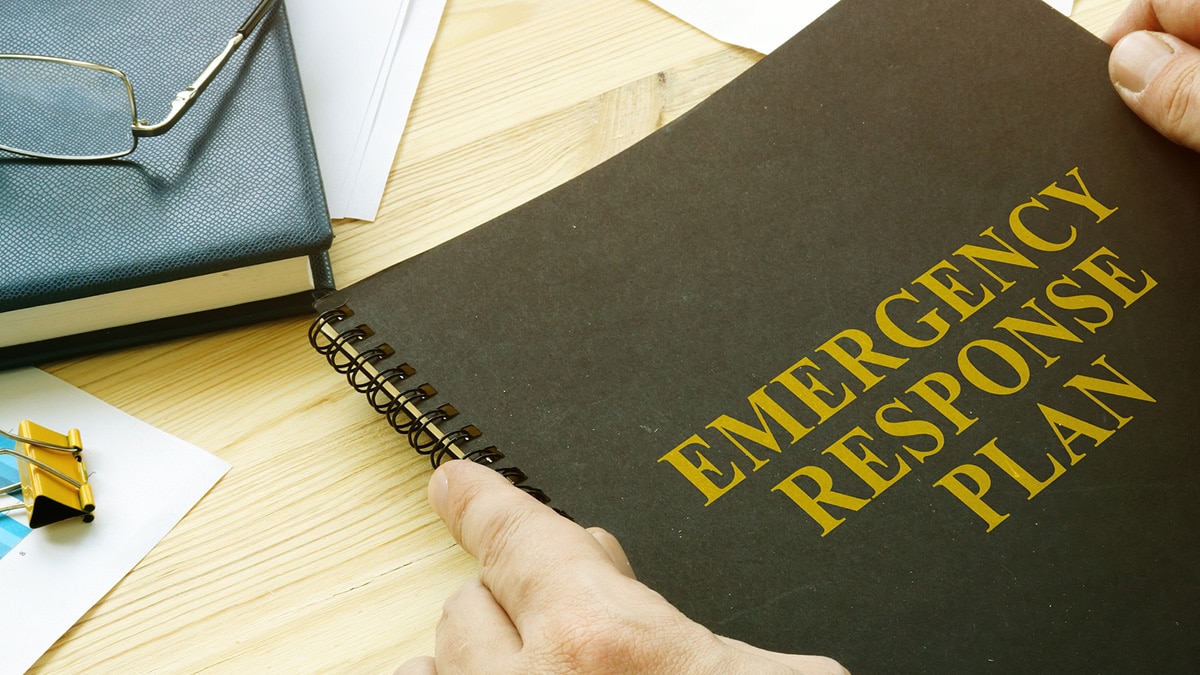At a glance
Tracking Network data can be used to prepare for and respond to natural disasters or other public health emergencies. Explore these datasets, resources, and tools.

We Track That
Knowledge of a community's local infrastructure, vulnerabilities, and resources enables public health professionals to quickly establish priorities and take proper actions during emergency or disaster response. The Tracking Network datasets listed below can be used in several ways.
- Identifying community-specific threats and hazards
- Identifying populations at increased risk
- Identifying community vulnerabilities
- Determining resources needed for public health response or public safety
- Informing public health actions that could lessen or prevent illness, injury, and death
- Evaluating possible scenarios based on time, place, and conditions
Types of Data
It is important to note that the following data are based on total populations, rather than individual members of a particular population.
- Demographics
- Health Status
- Heat Vulnerability and Preparedness
- Households
- Internet Access
- Land Cover
- Land Use
- Medical Infrastructure
- Social Vulnerability Index
- Socioeconomic Status
- Vulnerability and Preparedness: Precipitation & Flooding
- Wildfires
Explore Preparedness & Response Data
Tools and Resources
Customize Your Data Display
Heat and Health Tracker: Dashboard with local, timely data and info to help communities to prepare for and respond to extreme heat events
CRC Simpler: Community Reception Center Simulation Program for Leveraging and Evaluating Resources—a planning tool for radiation emergencies
